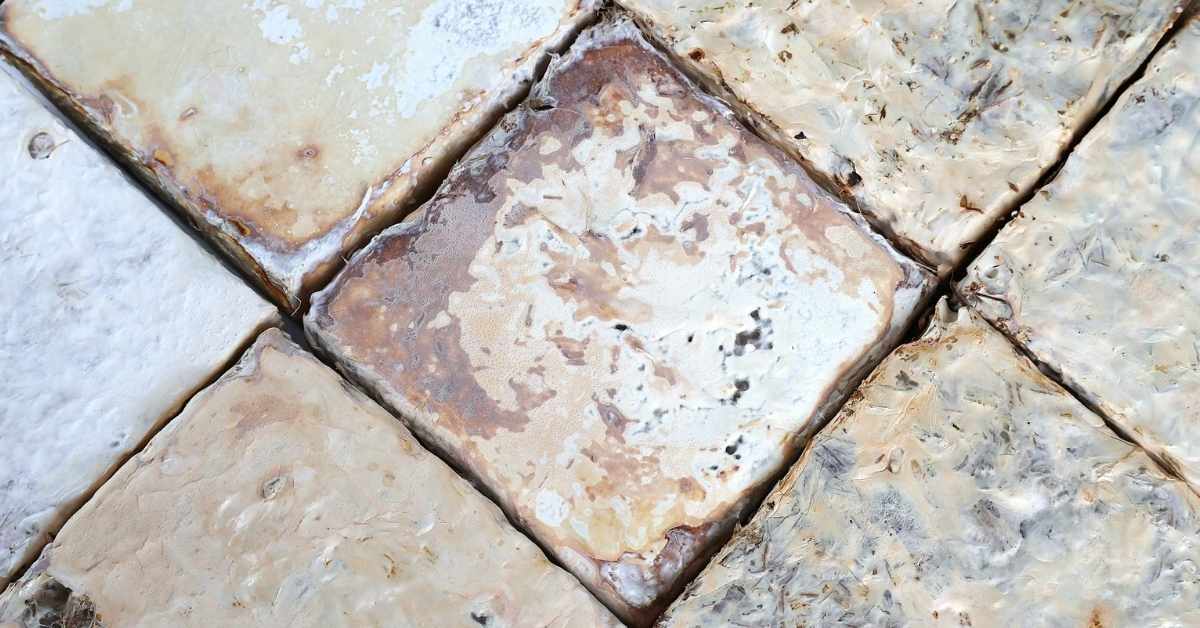When scrapes and injuries happen, people tend to reach into their medicine cabinet for a pack of standard Band-aids. But for severe and chronic wounds, those don’t always cut it.
Fortunately, scientists have created a new type of bandage — one that uses electricity.

Electrical stimulation for wound healing isn’t new technology — scientists have known that electric pulses are helpful in healing chronic wounds from diabetic skin ulcers, or in reducing chronic pain.
But now, instead of hooking a patient up to an electric machine, scientists have unveiled a flexible — and affordable — electric bandage that can deliver those pulses to the site of the wound with ease. And it’s simply powered by a little H2O.
In fact, researchers from North Carolina State University recently published a study on their invention, which found — through animal testing — that the electric bandages healed wounds 30% faster than wounds treated with conventional bandages.
The study intended to find a more effective way to heal chronic wounds that often impact patients with diabetes who experience sores. These wounds are open and known to heal slowly — if they heal at all. Difficult wounds like these are often recurrent and increase the risk of amputation or death in patients.
“Our goal here was to develop a far less expensive technology that accelerates healing in patients with chronic wounds,” said Amay Bandodkar, co-corresponding author of the work and an assistant professor of electrical and computer engineering at North Carolina State University.
“We also wanted to make sure that the technology is easy enough for people to use at home, rather than something that patients can only receive in clinical settings.”
The result is the WPED — or Water-Powered Electronics-free Dressing. It utilizes electrical currents, which travel through damaged tissue and help accelerate the movement of skin cells to the site of the wound. This leads to a speedier closure to the damaged tissue and can even reduce infection by killing bacteria at the same time.

Plenty of bioelectric products exist on the market, but many require thick batteries or other electronic designs that are expensive, awkward to wear, and might reduce a patient’s mobility.
The WPED looks like a standard adhesive bandage, which can stick to someone’s wound and conform to the surface of their body. But instead of a simple gauze patch, these bandages feature a group of small electrodes and a smart water-powered battery.
The dressing simply gets applied to the patient like any other bandage, but in a way in which the electrodes can easily reach the wound.
A drop of water is applied to the battery to activate it, and the electric currents are then able to flow for up to seven hours. The electric field contains a 1.5-volt current and will work until its battery dries out. According to New Atlas, re-wetting the bandage could potentially give it an additional two hours of power.
However, the cost of the bandage is so nominal — a couple dollars each — most patients should be able to apply a fresh WPED when needed.
One of the study’s lead authors — and a postdoctoral researcher at NC State — Rajaram Kaveti, explained how all of these crucial components work together.
“That electric field is critical, because it’s well established that electric fields accelerate healing in chronic wounds,” he said in a statement.
The “ability to conform” to the wound is also critical, “because we want the electric field to be directed from the periphery of the wound toward the wound’s center,” he said.
“In order to focus the electric field effectively, you want electrodes to be in contact with the patient at both the periphery and center of the wound itself,” Kaveti continued. “And since these wounds can be asymmetrical and deep, you need to have electrodes that can conform to a wide variety of surface features.”

The bandages are disposable and can be applied quickly and easily at home. The hope is that patients will be able to move around and take part in daily activities while their wounds are healing. Plus, simple functionality makes it easier for people to adhere to treatment plans, keeping them from visiting clinics or making appointments.
The ease is important, “but it is equally important that these bandages can be produced at relatively low cost,” Bandodkar said. “We’re talking about a couple of dollars per dressing in overhead costs.”
Of course, before these can be stocked in your nearby drug stores, the researchers must test their efficacy.
This most recent study — published in Science Advances, by researchers from NC State, Columbia University, Beth Israel Deaconess Medical Center, the University of North Carolina at Chapel hill, Korea University, Georgia Tech, and the Korea Institute of Science and Technology — tested the dressings on diabetic mice.
Mice are “a commonly used model for human wound healing,” according to Maggie Jakus, a researcher from Columbia University.
“We found that the electrical stimulation from the device sped up the rate of wound closure, promoted new blood vessel formation, and reduced inflammation, all of which point to overall improved wound healing,” Jakus explained.
With this proof of accelerated healing in animal trials, the researchers are optimistic about the future use of these bandages for humans in everyday life.
“Next steps for us include additional work to fine-tune our ability to reduce fluctuations in the electric field and extend the duration of the field,” Bandodkar said.
“We are also moving forward with additional testing that will get us closer to clinical trials and — ultimately — practical use that can help people.”
Header image courtesy of Rajaram Kaveti



